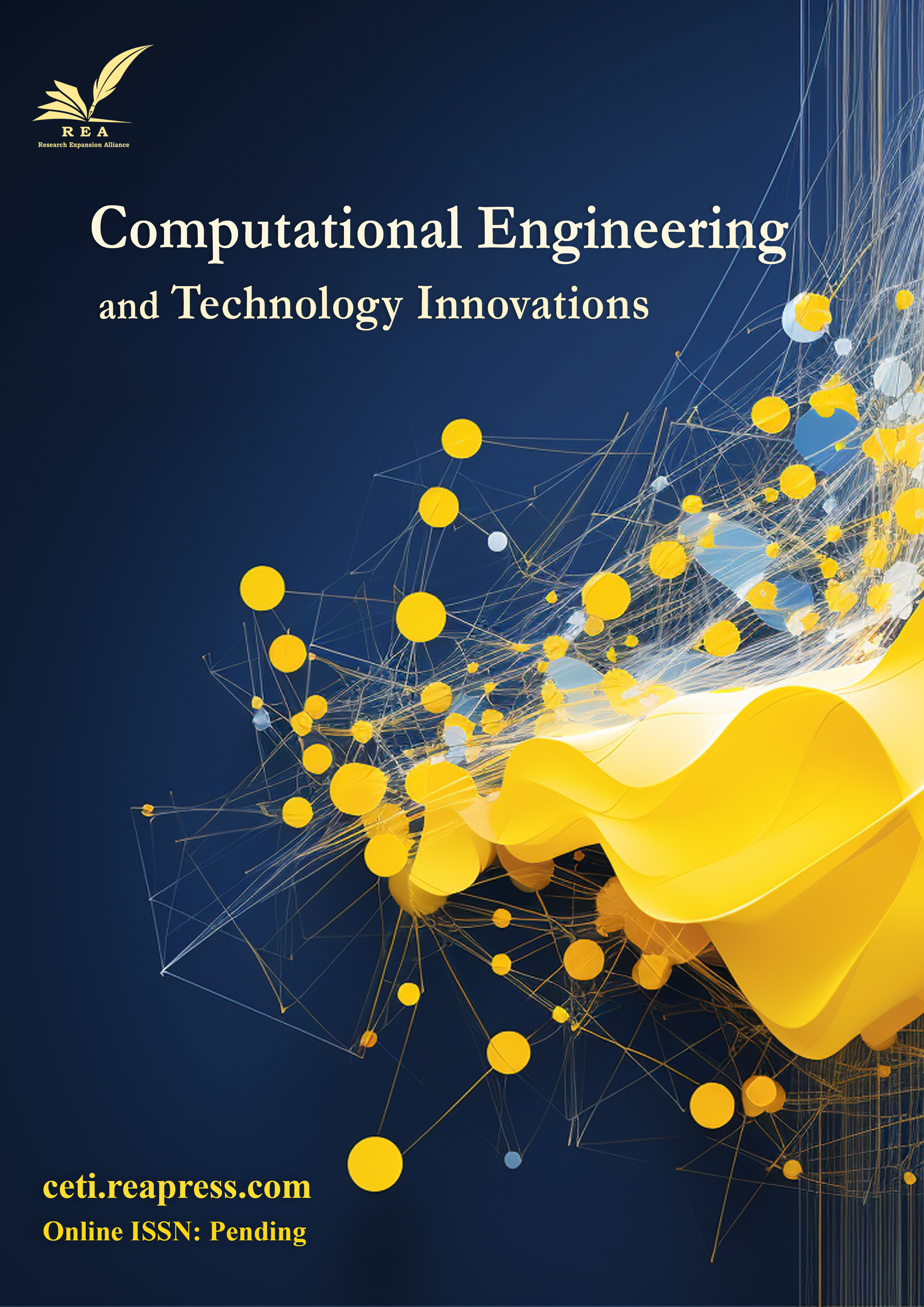AI-Assisted IoT Solutions for Optimized Public Transportation
Abstract
This paper explores the potential of Artificial Intelligence (AI) and the Internet of Things (IoT) in enhancing public transportation systems. By leveraging AI and IoT, transportation networks can improve operational efficiency, reduce maintenance costs, enhance passenger satisfaction, and lower environmental impact. The research investigates various use cases such as predictive maintenance, demand prediction, and real-time passenger information systems while also addressing implementation challenges, including data privacy, scalability, and infrastructure costs. Through case studies and an analysis of real-world examples, the paper illustrates the transformative role of AI and IoT in making public transportation systems smarter, more efficient, and more sustainable.
Keywords:
Artificial Intelligence, Internet of things, Public transportation systems, Operational efficiency, Maintenance cost reduction, Passenger satisfactionReferences
- [1] Ejaz, W., Naeem, M., Shahid, A., Anpalagan, A., & Jo, M. (2017). Efficient energy management for the internet of things in smart cities. IEEE communications magazine, 55(1), 84–91. https://doi.org/10.1109/MCOM.2017.1600218CM
- [2] Alhammadi, A., Abraham, A., Fakhreddine, A., Tian, Y., Du, J., & Bader, F. (2024). Envisioning the future role of 3D wireless networks in preventing and managing disasters and emergency situations. ArXiv preprint ArXiv:2402.10600. http://arxiv.org/abs/2402.10600
- [3] Vermesan, O., Bröring, A., Tragos, E., Serrano, M., Bacciu, D., Chessa, S., … & Bahr, R. (2017). Internet of robotic things-converging sensing/actuating, hyperconnectivity, artificial intelligence and IoT platforms. In Cognitive hyperconnected digital transformation: internet of things intelligence evolution (pp. 97–155). River publishers. https://doi.org/10.1201/9781003337584-4
- [4] Kamble, M. P. P., Divate, M. C. P., Mestri, M. M. N., Langde, M. P. S., & Bote, M. A. (2023). Intelligent transportation systems: fusing computer vision and sensor networks for traffic management. International journal on recent and innovation trends in computing and communication, 11(1), 266–274. https://core.ac.uk/download/pdf/603899121.pdf
- [5] Ishaq, K., & Shah Farooq, S. (2023). Exploring IoT in smart cities: practices, challenges and way forward. ArXiv. https://doi.org/10.48550/arXiv.2309.12344
- [6] YANGINLAR, G. (2024). Internet of Things (IoT) in Intelligent Transportation Systems: Benefits and Challenges of Implementation. The eurasia proceedings of science technology engineering and mathematics, 27, 16–23. http://dx.doi.org/10.55549/epstem.1517792
- [7] Anwar, A., & Oakil, A. T. (2023). Smart transportation systems in smart cities: practices, challenges, and opportunities for saudi cities (pp. 315–337). http://dx.doi.org/10.1007/978-3-031-35664-3_17
- [8] Paiva, S., Ahad, M. A., Tripathi, G., Feroz, N., & Casalino, G. (2021). Enabling technologies for urban smart mobility: recent trends, opportunities and challenges. Sensors, 21(6), 1–45. https://doi.org/10.3390/s21062143
- [9] World Maritime University. (2019). Transport 2040: analysis of technical developments in transport-mari-time, air, rail and road. http://dx.doi.org/10.21677/itf.20191018
- [10] Karthikeyan, H., & Usha, G. (2024). A secured IoT-based intelligent transport system (IoT-ITS) framework based on cognitive science. Soft computing, 28(23), 13929–13939. https://doi.org/10.1007/s00500-023-08410-7
- [11] Biswas, A., & Wang, H. C. (2023). Autonomous vehicles enabled by the integration of IoT, edge intelligence, 5G, and blockchain. Sensors, 23(4). https://doi.org/10.3390/s23041963


